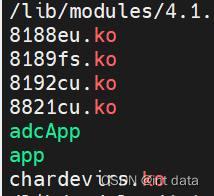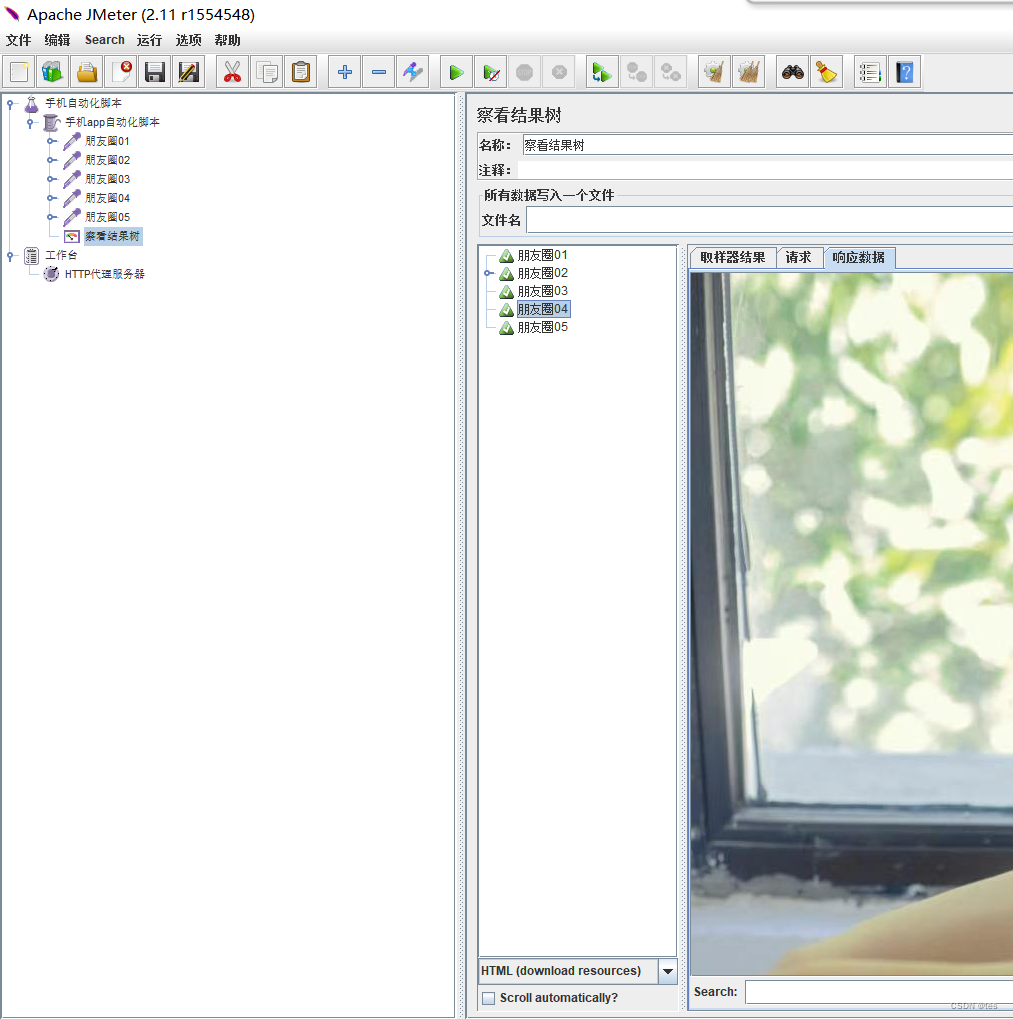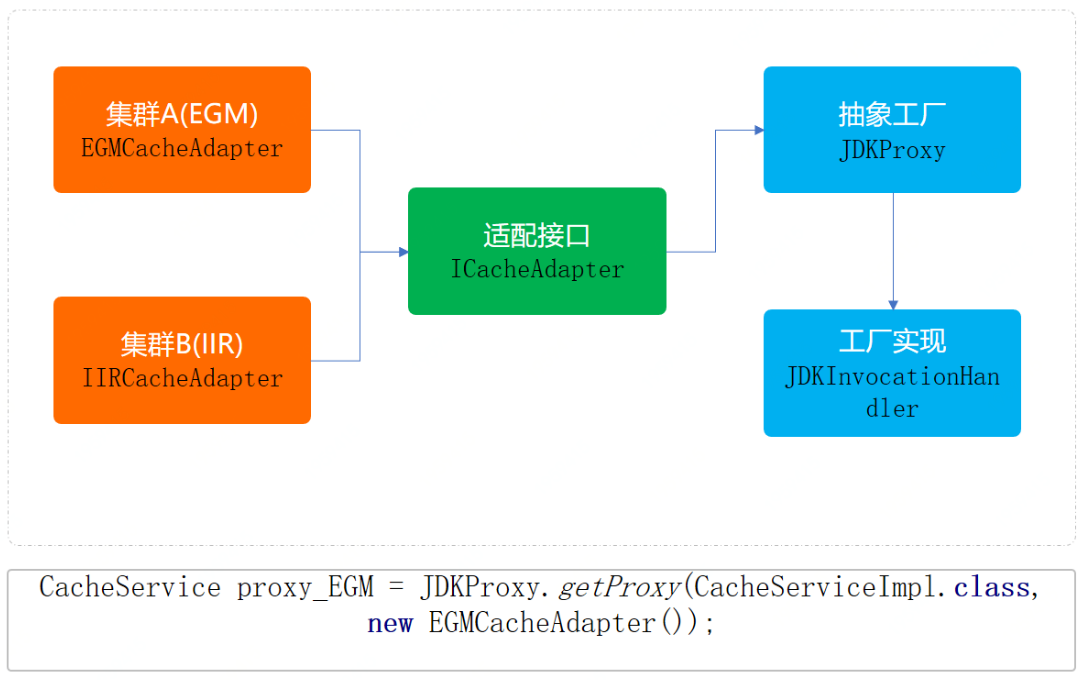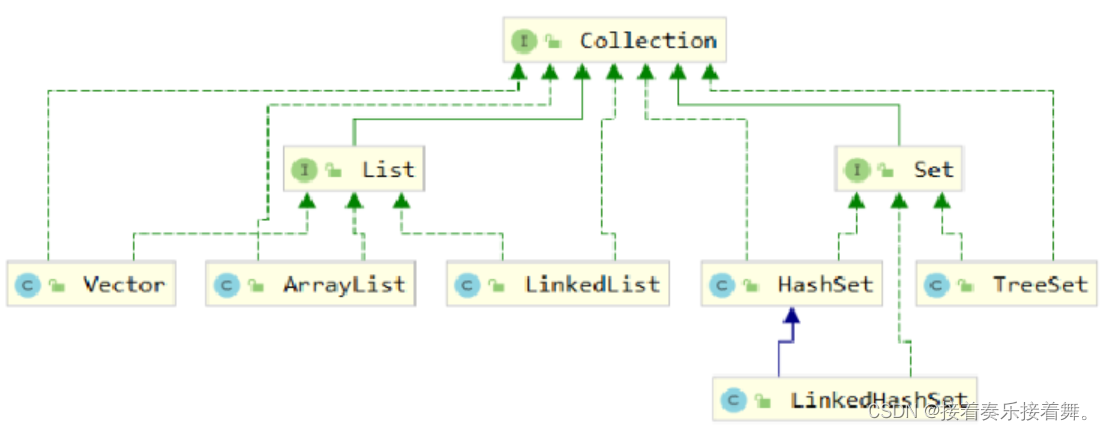我们以 chadev 这个虚拟设备为 例,完整的编写一个字符设备驱动模块。chadev 不是实际存在的一个设备,是为了方 便讲解字符设备的开发而引入的一个虚拟设备设备有两个缓冲区,一个为读缓冲 区,一个为写缓冲区,这两个缓冲区的大小都为 100 字节。在应用程序中可以向 chadev 设 备的写缓冲区中写入数据,从读缓冲区中读取数据。
1、编写实验程序
驱动程序chardevirs.c
#include <linux/module.h> //所有模块都需要的头文件
#include <linux/init.h> // init&exit 相关宏
#include <linux/types.h>
#include <linux/kernel.h>
#include <linux/delay.h>
#include <linux/ide.h>
#include <linux/fs.h>#define CHRDEVBASE_MAJOR 200 //主设备号
#define CHRDEVBASE_NAME "chadev" //驱动名字static char readbuf[100]; //读缓存
static char writebuf[100]; //写缓存
static char kerneldata[] = {"kernel data!"};static int char_open(struct inode *inode, struct file *file)
{// printk("chardevbase_open\n");return 0;
}static ssize_t char_read(struct file *file, char __user *buf, size_t count, loff_t *ppos)
{ int ret = 0; // printk("chardevbase_read\n");memcpy(readbuf,kerneldata,sizeof(kerneldata));//向用户空间发送数据 ret = copy_to_user(buf,readbuf,count);if(ret == 0){}else{}return 0;}static int char_release(struct inode *inode, struct file *file)
{//printk("chardevbase_release\n");return 0;
}static ssize_t char_write(struct file *file, const char __user *buf, size_t count, loff_t *ppos)
{int ret = 0;//printk("chardevbase_write\n");/* 接收用户空间传递给内核的数据并且打印出来 */ret = copy_from_user(writebuf,buf,count);if(ret ==0){printk("kernel recevdata:%s\n",writebuf); }else{}return 0;}//设备操作函数结构体
static struct file_operations chrdebase_fops = {.owner = THIS_MODULE,.open = char_open,.release = char_release,.read = char_read,.write = char_write,
};//驱动入口函数
static int __init hello_init (void)
{ int ret;printk("Hello module init\n");ret = register_chrdev(CHRDEVBASE_MAJOR,CHRDEVBASE_NAME,&chrdebase_fops); //注册字符设备驱动if(ret < 0){printk("chardevbase init failed\n");}return 0;
}
//驱动出口函数
static void __exit hello_exit (void)
{printk("Hello module exit\n");unregister_chrdev(CHRDEVBASE_MAJOR, CHRDEVBASE_NAME); //注销字符设备驱动
}module_init(hello_init);
module_exit(hello_exit);//LICENSE 和作者信息
MODULE_LICENSE("GPL");
MODULE_AUTHOR("hsj");
char_open 函数,当应用程序调用 open 函数的时候此函数就会调用, 本例程中我们没有做任何工作,只是输出一串字符,用于调试。这里使用了 printk 来输出信息, 而不是 printf!因为在 Linux 内核中没有 printf 这个函数。printk 相当于 printf 的孪生兄妹,printf 运行在用户态,printk 运行在内核态。在内核中想要向控制台输出或显示一些内容,必须使用 printk 这个函数。
char_read 函数,应用程序调用 read 函数从设备中读取数据的时候此函 数会执行。参数 buf 是用户空间的内存,读取到的数据存储在 buf 中,参数 cnt 是要读取的字节 数,参数 offt 是相对于文件首地址的偏移。kerneldata 里面保存着用户空间要读取的数据,先将 kerneldata 数组中的数据拷贝到读缓冲区 readbuf 中,通过函数 copy_to_user 将 readbuf 中的数据复制到参数 buf 中。因为内核空间不能直接操作用户空间的内存,因此需要借 助 copy_to_user 函数来完成内核空间的数据到用户空间的复制
static inline long copy_to_user(void __user *to, const void *from, unsigned long n)
参数 to 表示目的,参数 from 表示源,参数 n 表示要复制的数据长度。如果复制成功,返 回值为 0,如果复制失败则返回负数。
char_write 函数,应用程序调用 write 函数向设备写数据的时候此函数 就会执行。参数 buf 就是应用程序要写入设备的数据,也是用户空间的内存,参数 cnt 是要写入 的数据长度,参数 offt 是相对文件首地址的偏移。通过函数 copy_from_user 将 buf 中的 数据复制到写缓冲区 writebuf 中,因为用户空间内存不能直接访问内核空间的内存,所以需要 借助函数 copy_from_user 将用户空间的数据复制到 writebuf 这个内核空间中。
2、编写测试 APP
应用程序charapp.c
#include <sys/types.h>
#include <sys/stat.h>
#include <fcntl.h>
#include <stdio.h>
#include <unistd.h>
#include <string.h>int main(int argc,char *argv[])
{ char buf[100];char wbuf[100];char writebuf[] = "hello kernel";int ret;int fd;char *filename;if(argc != 3){printf("Error usage!\r\n");return -1;}filename = argv[1];fd = open(filename,O_RDWR);if(fd < 0){ printf("open failed\n");return -1;}if(atoi(argv[2])==1); //读{ ret = read(fd, buf, sizeof(buf));if(ret < 0){printf("read failed\n");return -1;}else {printf("APP read data: %s\r\n",buf);}}if(atoi(argv[2]) == 2) //写{ memcpy(wbuf,writebuf,sizeof(writebuf));ret = write(fd, wbuf, sizeof(writebuf));if(ret < 0){printf("write failed\n");return -1;}else{}}close(fd); return 0;
}
判断运行测试 APP 的时候输入的参数是不是为 3 个,main 函数的 argc 参数表示 参数数量,argv[]保存着具体的参数,如果参数不为 3 个的话就表示测试 APP 用法错误。比如, 现在要从 chadev设备中读取数据,需要输入如下命令:
./app /dev/chadev 1
上述命令一共有三个参数“./chrdevbaseApp”、“/dev/chadev”和“1”,这三个参数分别 对应 argv[0]、argv[1]和 argv[2]。第一个参数表示运行 APP 这个软件,第二个参数表 示测试APP要打开/dev/chadev这个设备。第三个参数就是要执行的操作,1表示从chadev 中读取数据,2 表示向 chadev 写数据。
3、运行测试
加载驱动模块

1.输入如下命令加载 chardevirs.ko 驱动文件:
insmod chardevirs.ko 或 modprobe chardevirs.ko

2.输入如下命令查看当前 系统中有没有 chadev 这个设备:
cat /proc/devices

3.创建设备节点文件
驱动加载成功需要在/dev 目录下创建一个与之对应的设备节点文件,应用程序就是通过操 作这个设备节点文件来完成对具体设备的操作。输入如下命令创建/dev/chadev 这个设备节 点文件
mknod /dev/chadev c 200 0
其中“mknod”是创建节点命令,“/dev/chadev”是要创建的节点文件,“c”表示这是个 字符设备,“200”是设备的主设备号,“0”是设备的次设备号。创建完成以后就会存在 /dev/chadev 这个文件,可以使用“ls /dev/chadev -l”命令查看

4.chadev设备操作测试


5.卸载驱动模块
如果不再使用某个设备的话可以将其驱动卸载掉,比如输入如下命令卸载掉
chardevirs 这 个设备
rmmod chardevirs.ko

卸载以后使用 lsmod 命令查看 chardevirs 这个模块还存不存在

此时系统已经没有任何模块了,chardevirs 这个模块也不存在了, 说明模块卸载成功。至此,chrdevbase 这个设备的整个驱动就验证完成了,驱动工作正常





